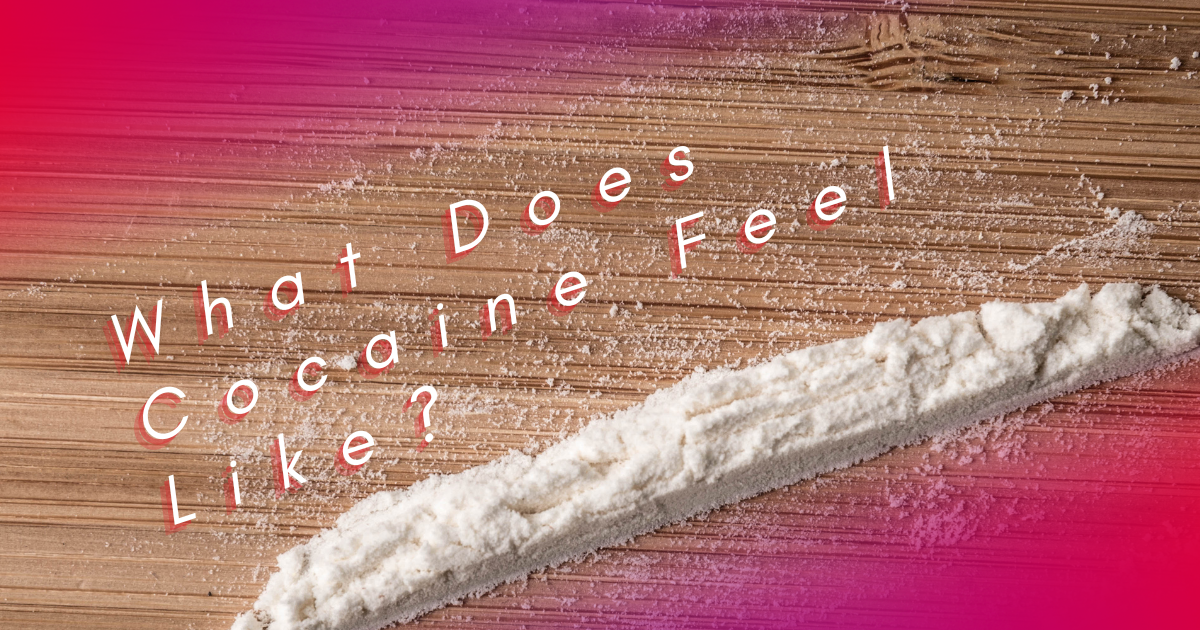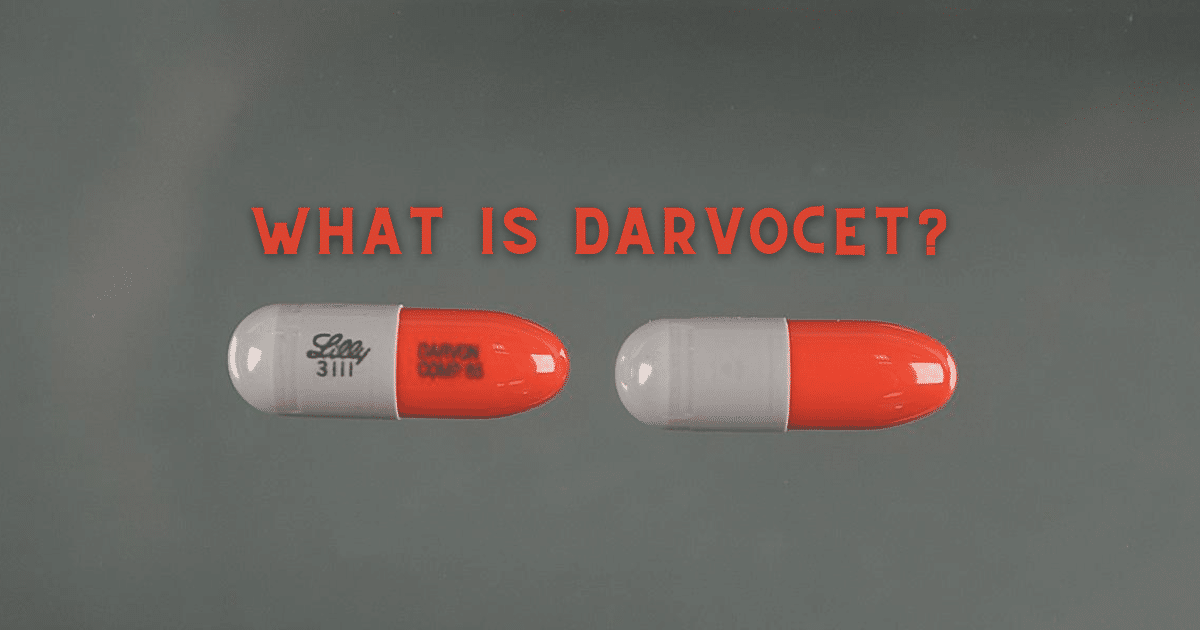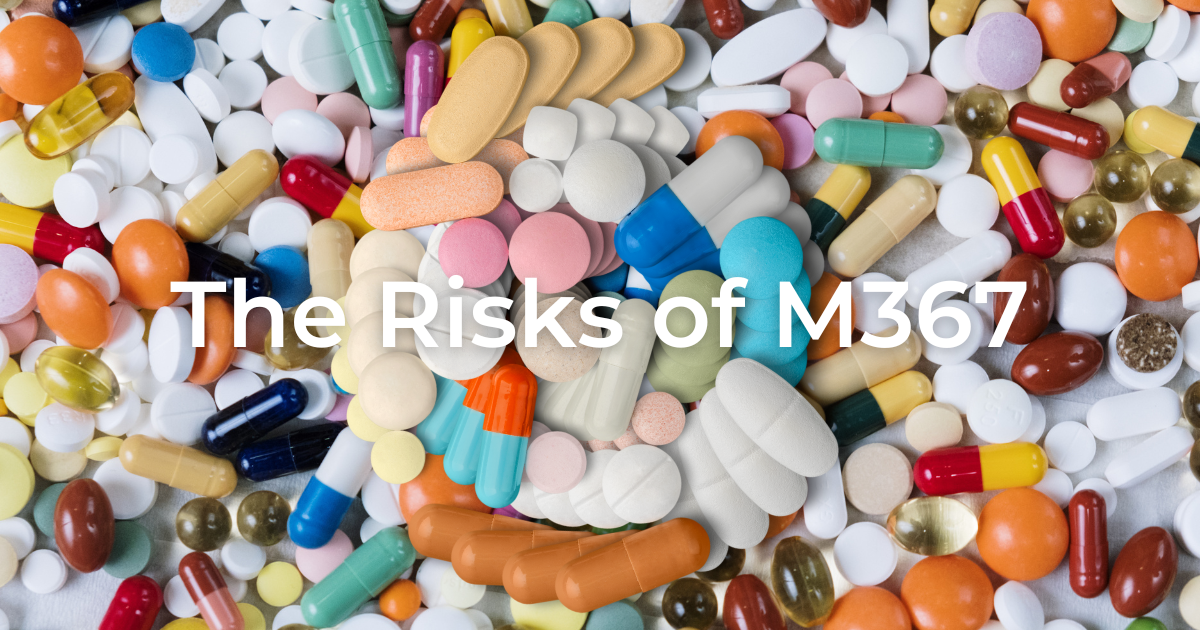Substance abuse on college campuses is on the rise according to a 2019 National Library of Medicine study. The study claims college students increased their use of cannabis, stimulants such as cocaine, and other drugs over the last decade. This compares interestingly with other research indicating that the average age at which substance use starts is rising, from early teens to young adults.
Patterns of College Substance Use
Psychiatric Times reports that the most abused substances on college campuses include cannabis, cocaine, ecstasy, nicotine and prescription opioids. Substance abuse is a major predictor of adverse student outcomes at the collegiate level. Those include behavioral health impingements, poor achievement and recurring health problems.
National Survey on Drug Use and Health (NSDUH) data shows 12 million (54.8%) young-adult students aged 18 to 22 years drank alcohol. More than 4.5 million used cannabis (20.7%), and almost 300,000 (1.4%) used cocaine. In a seven-year span from 2007 to 2014, the percentage of students using cannabis daily almost doubled per the National Institute of Drug Abuse‘s (NIDA) second volume of the Monitoring the Future: National Survey Results on Drug Use, 1975-2017.
Impacts of Drugs on Younger Brains
These are still adolescent brains. As such, they’re at greater risk of developing abnormally in their final phase of maturation. This could impact neurocognition and impulsivity.
phase of maturation. This could impact neurocognition and impulsivity.
A 2009 study published in Clinical EEG and Neuroscience stated that research contemporary at the time held a consensus that adolescent substance users showed abnormal brain function that correlated with changes in neurocognition over time. The report said this was observable even in youth who engaged in excessive alcohol consumption for less than two years.
Impulsivity strongly correlates with substance use disorders (SUDs) also. One 2019 study examined impulsivity as a consequence of substance abuse’s effect on the brain. Impulsivity also happens to correlate especially strongly with stimulant use disorder. Experts find this makes it harder for those in recovery to avoid relapse, especially from methamphetamine addiction.
Alcohol Use in College
Alcohol is indisputably the most abused substance on college campuses. This is partly attributable to two key factors documented in copious studies accounted for in the NIDA survey. Firstly, the perceived risk of alcohol consumption is lowest among undergraduate-age students (ages 19 to 22). Secondly, the annual consumption of alcohol is higher among full-time college students during that period than any other time.
Alcoholism on college campuses has posed a public health concern for years. It’s one of the reasons many states don’t permit college campuses to serve alcohol. University of Tennessee-Knoxville has made the news several times for alcohol-related incidents. The school has earned significant revenue from alcohol sales at games, which has reportedly correlated with rising alcoholism trends.
UT-Knox and the lawsuit in which its alcohol vendor, Aramark, has been inveigled of late demonstrate how problematic alcohol abuse can be on college campuses. Much of this is fueled by tailgating and other sports-related traditions. Psychiatric Times also pointed out other campus culture culprits like fraternities and sororities.
Marijuana on Campus
 Cannabis use on college campuses reached an all-time high in 2020 according to the NIDA survey. At the time, recreational use was legal in 18 states plus the District of Columbia and Guam — also in Canada.
Cannabis use on college campuses reached an all-time high in 2020 according to the NIDA survey. At the time, recreational use was legal in 18 states plus the District of Columbia and Guam — also in Canada.
The NIDA survey found that, like alcohol, marijuana now sees its lowest recorded perception of risk among college students for the past three decades. Its use is, in fact, more prevalent among full-time college students than among non-college students for the first four years after high school, too.
For both those in college and not in college during those years, however, more than two of any five people used cannabis in the last year. College men indulge in cannabis use significantly more often than women according to the NIDA survey.
Drug Intervention for College Students
College is, in fact, the optimal time to interrupt substance abuse behaviors. This is when SUDs develop at the most alarming rate among youth. It impacts their futures in several ways. Chief among these impacts is that of neurological effects. Its correlation with adverse outcomes, however, also impinges upon the value of their time spent in school.
“Frequent use of cannabis has also been associated with compromised university performance, including lower grade point average, delayed high school completion rates, and truancy,” Psychiatric Times reported.
If you or your child are in college, honestly assess your use of these substances and whether or not you might have an addiction. Visit Landmark Recovery or call our addiction specialists at 888.448.0302.

Choose Recovery Over Addiction
We're here 24/7 to help you get the care you need to live life on your terms, without drugs or alcohol. Talk to our recovery specialists today and learn about our integrated treatment programs.




